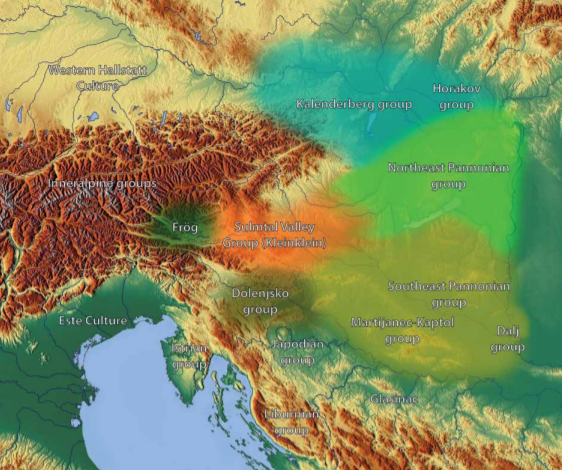So now we are at "Panillirismo". Interesting how theories from the past return cyclically in the forums. They were not completely uninhabited places before the end of the Bronze Age.
The Picenes do indeed have a very well known recent Balkan influence in addition to local ones.
"The basis of its formation has been recognized to be the concurrence of different cultures, the Apennine, Proto-Villanovan and Trans-Adriatic peoples."
Popoli e culture dell'Italia preromana. I Piceni Giulia Rocco I piceni Con il nome di Piceni si designano le popolazioni di lingua umbro- sabellica abitanti la fascia medio-adriatica convenzionalmente compresa tra il fiume Foglia a nord, il Tronto a sud e i rilievi della dorsale...

www.treccani.it
The problem is that one continues to make the equivalence of late Bronze Age material cultures with Iron Age ethnic groups or even modern ones and consider Iron Age populations as monolithic blocks and as having appeared biologically only at the beginning of their earliest archaeological chronological phase (which for Italy usually coincides with the transition phase between the Bronze Age and the Iron Age). Although it is quite plausible that they had some E-V13 and even some J2b-L283, after all they bordered us with the northern Balkans, until we have the analysis we cannot make any conclusions.
The ancient Venetic language is considered Indo-European, but its affiliation to a specific family is still a matter of debate, although in general, even on the basis of conferences recently held in Italy at the university, there is a tendency to recognize a link between ancient Venetic and the Latin-Faliscan languages. Talking to an archaeologist recently, he made me realize how certain "models" are nonsense; it is also possible that in the ethnogenesis of the Veneti, but this is also true for other populations of pre-Roman Italy, there were several different layers of Indo-European-speaking populations, with different dates, which obviously merged gradually together, and with one Indo-European language then prevailing over the others and being used centuries later when the alphabet was introduced. The fact that it is possible does not imply that it actually happened; it means that it cannot be ruled out.





